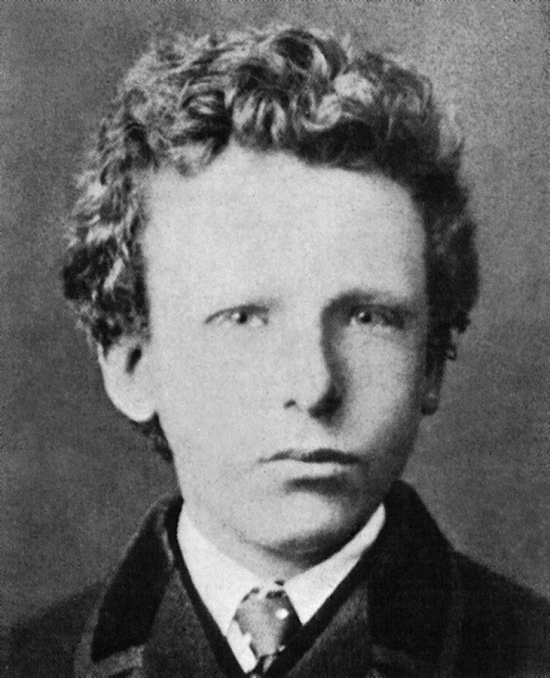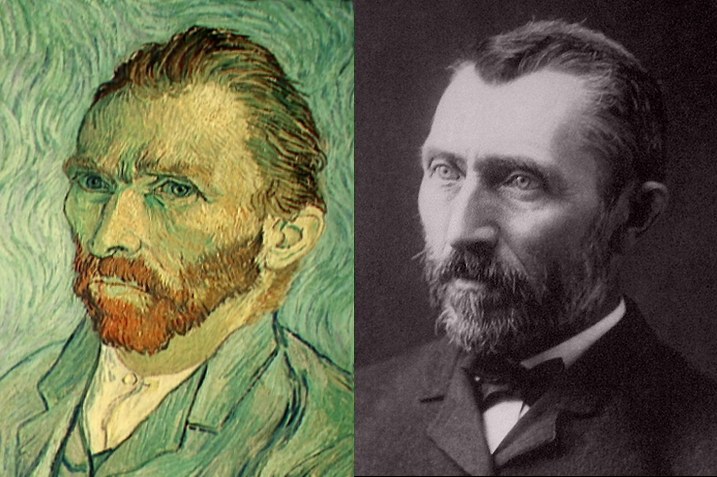Vincent van Gogh, one of the most celebrated and influential artists in history, was born in the Netherlands in 1853 and spent much of his life grappling with mental health issues, poverty, and a lack of recognition. Despite these hardships, van Gogh created over 2,100 works of art, including approximately 860 oil paintings, during a remarkably short period of just over a decade. His bold use of color, dramatic brushstrokes, and emotional depth revolutionized the art world, leaving a legacy that continues to inspire and captivate audiences today. While van Gogh only gained fame after his death, his influence on modern art is immeasurable, and he is now considered one of the pioneers of Post-Impressionism.
The tragic nature of van Gogh’s life, marked by his mental health struggles and lack of recognition during his lifetime, adds to the mystique surrounding his work. His journey from a troubled youth to a groundbreaking artist offers a compelling narrative of passion, persistence, and pain. Vincent van Gogh’s life and art have become synonymous with creativity born out of adversity, and his works are some of the most recognizable in the world.
Early Life and Family Background
Vincent van Gogh was born on March 30, 1853, in the village of Zundert, located in the southern Netherlands. He was the eldest son of Theodorus van Gogh, a Protestant minister, and Anna Cornelia Carbentus. Growing up in a religious and somewhat isolated environment, Vincent had a difficult childhood, marked by the death of his younger brother, also named Vincent, just a year before he was born. This loss deeply affected him and may have influenced his future outlook on life.
Van Gogh struggled academically and socially throughout his early years. At the age of 16, he was sent to work for a firm of art dealers, where he began to develop an interest in art. Despite working in the art world, van Gogh faced rejection in his early attempts at pursuing a career as an artist. His early life was also marked by periods of loneliness and a growing sense of alienation, which would later manifest in his mental health struggles. By his early 20s, Vincent’s path in life seemed uncertain, and his future as an artist was still far from assured.

Early Artistic Influences and Development
Van Gogh’s early artistic development was influenced by his time living in Paris with his younger brother, Theo, who worked as an art dealer. In Paris, Vincent was introduced to the works of prominent artists such as Claude Monet, Georges Seurat, and Paul Gauguin. These artists were part of the Impressionist movement, which emphasized capturing the effects of light and color in a more spontaneous and less detailed manner. Although van Gogh was not an official member of the Impressionist group, their use of bright colors and loose brushwork profoundly impacted his own style.
During this period, van Gogh began experimenting with color and brushstroke techniques. He also worked on his drawing skills and focused on depicting simple, everyday subjects like still lifes, landscapes, and portraits. The influence of Japanese art and woodblock prints also had a significant impact on van Gogh’s work, as he admired their bold colors and strong compositions. This phase marked the beginning of his artistic transformation, as he started to move away from the darker tones of his early works and embraced a brighter, more expressive palette.
The Arles Period: Peak Creativity and Struggles
In 1888, van Gogh moved to the southern French town of Arles, where he experienced a period of great creativity. He believed that the warm colors and bright sunlight of the region would inspire his work, and he created some of his most iconic paintings during this time, including Sunflowers, The Yellow House, and Bedroom in Arles. The vivid colors, energetic brushstrokes, and emotional intensity of these works became hallmarks of van Gogh’s style. His use of color to convey emotion and his distinct, swirling brushwork set him apart from other artists of the time.
Despite his artistic success, van Gogh’s time in Arles was marked by personal turmoil. He struggled with his mental health, experiencing periods of intense depression and anxiety. His mental state deteriorated further after an argument with fellow artist Paul Gauguin, which led to the infamous incident where van Gogh cut off part of his own ear. This act of self-mutilation was a tragic manifestation of his emotional and psychological struggles. Following this incident, van Gogh was hospitalized, and his time in Arles came to an end. The Arles period, although brief, remains one of the most productive and artistically significant times in van Gogh’s life.
Mental Health Struggles and Hospitalization
Van Gogh’s mental health struggles were a constant throughout his life, but they became particularly acute during the period he spent in the south of France. His mental state was often unstable, and he faced episodes of depression, paranoia, and hallucinations. Van Gogh’s self-destructive tendencies, including his infamous ear-cutting incident, were symptoms of his ongoing psychological turmoil. Despite his mental struggles, he continued to paint prolifically, creating some of his most famous works, such as Starry Night, during these periods of crisis.
After the ear incident, van Gogh voluntarily admitted himself to the Saint-Paul-de-Mausole asylum in Saint-Rémy-de-Provence. During his time in the asylum, he was often confined to a small room, but he continued to paint, producing over 150 works in just one year. His work from this period, including The Starry Night and Irises, reflects both the beauty he saw in the world around him and the inner turmoil he was experiencing. Despite his isolation, van Gogh’s time in the asylum allowed him to focus on his art, but it was also a stark reminder of the deep personal struggles he faced every day.
The Final Years and Death
In 1890, van Gogh moved to Auvers-sur-Oise, a small town near Paris, where he came under the care of Dr. Paul Gachet, a physician with an interest in art. During this period, van Gogh was more stable, but his mental health remained fragile. His productivity remained high, and he created over 70 paintings in just two months. Some of his most famous works, such as Wheatfield with Crows and The Church at Auvers, were painted during this time. These works exhibit van Gogh’s mastery of color, composition, and emotional depth.
On July 27, 1890, at the age of 37, van Gogh died from a gunshot wound, which is believed to have been self-inflicted. His death was a tragic end to a life marked by hardship and struggle. Despite his enormous talent and prolific output, van Gogh never experienced the fame he deserved during his lifetime. It wasn’t until after his death that his work gained widespread recognition and became highly influential in the art world. Vincent van Gogh’s legacy would later inspire countless artists and movements, including Expressionism, Fauvism, and Abstract Art.

Legacy and Influence on Modern Art
Although van Gogh was not widely recognized during his lifetime, his work had a profound impact on the development of modern art. His bold use of color, emotive brushwork, and the psychological depth of his paintings influenced numerous artists, including German Expressionists and the artists of the Fauvist movement. His innovative techniques and ability to convey intense emotion through color and form would go on to inspire generations of artists, solidifying his place as one of the most influential painters in history.
Van Gogh’s work continues to resonate with people around the world, and his paintings are among the most valuable and recognizable in the world. Iconic pieces such as The Starry Night, Sunflowers, and The Bedroom are housed in major museums and galleries, attracting millions of visitors annually. His life, marked by struggle and perseverance, has also become a symbol of the transformative power of art. Today, Vincent van Gogh is celebrated not only for his artistic genius but also for his resilience in the face of adversity.
Conclusion: Vincent van Gogh’s Enduring Impact
Vincent van Gogh’s life and work are a testament to the power of art to express the deepest aspects of the human condition. His journey from a troubled young man to one of the most iconic artists in history speaks to the enduring nature of creativity, even in the face of immense personal hardship. Van Gogh’s contributions to modern art cannot be overstated—his use of color, brushstroke techniques, and emotional intensity laid the groundwork for many of the artistic movements that followed. Today, his paintings continue to captivate audiences around the world, reminding us of the beauty and complexity of the human experience.
Though his life was brief and filled with struggle, Vincent van Gogh’s artistic legacy is immortal. His work has not only changed the course of art history but has also become a symbol of the passion and perseverance required to pursue one’s creative vision. As we continue to study and admire his paintings, van Gogh’s spirit of artistic innovation and his determination to find meaning in a turbulent world live on in every brushstroke.





Add comment